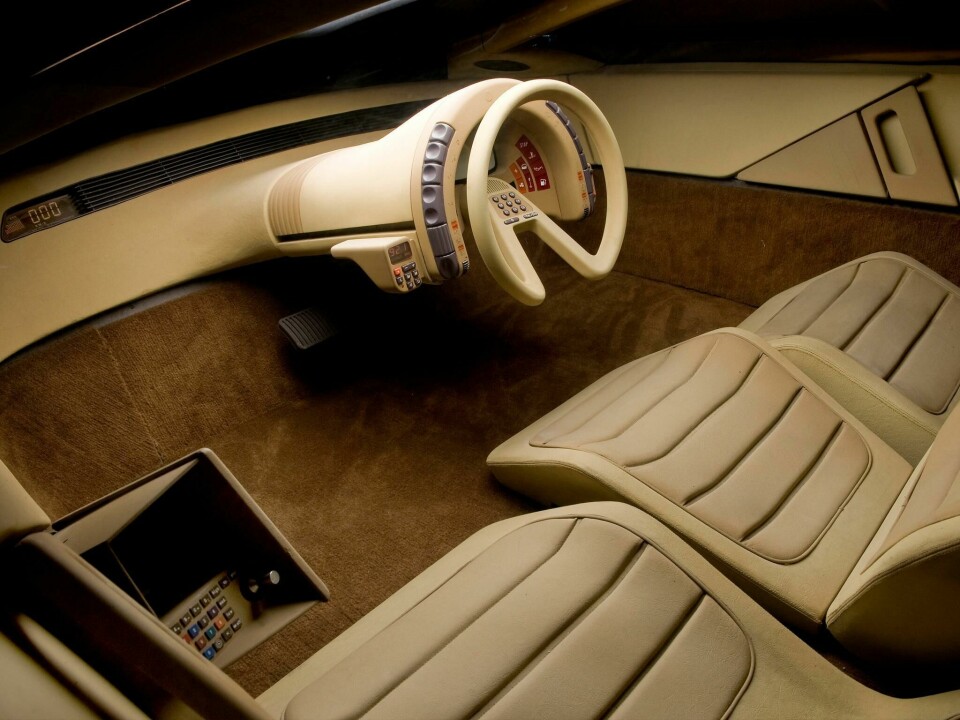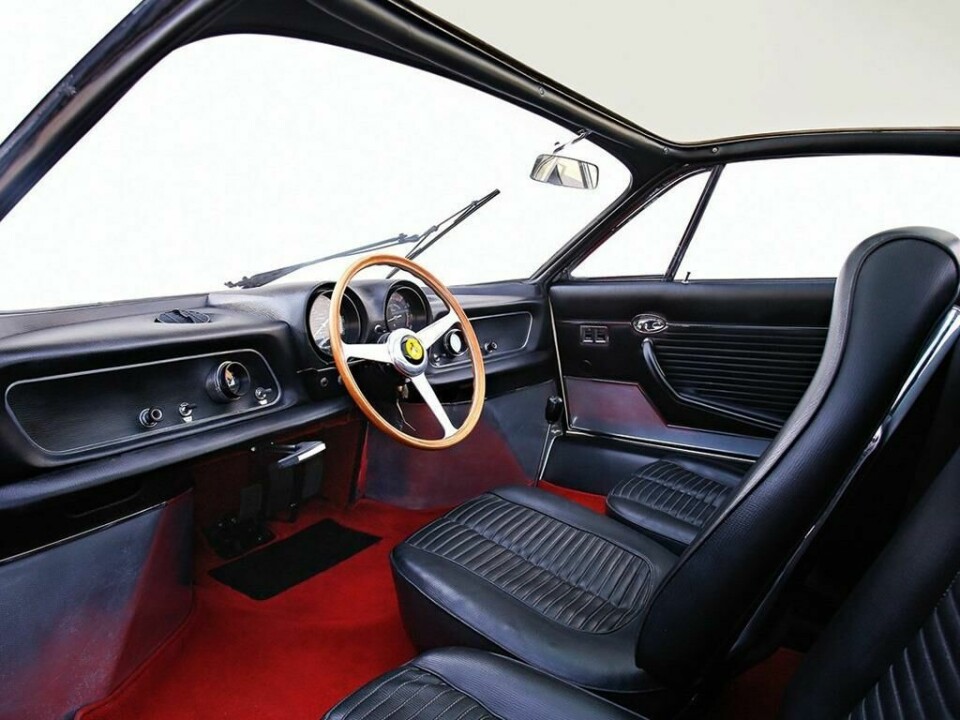
Flashback: central driver’s seats
Karl Smith looks back at the move by some designers to deploy a central driving position, an interesting trend that never really caught on beyond specific niches
It was the surprise hit of the 1980 Paris Motor show, a wedgy coupé with pyramidal glasshouse that had seemed, appropriately, like an automotive emissary from the future. It was the Citroën Karin, a late entry into the wedge wars of the 1970s. But what it lacked in punctuality, it made up for in its exotic form.
As the Karin doors opened for the assembled show attendees, the dramatic interior of the car was revealed. And there, in the centre, was the steering wheel, with a driver’s seat that sat slightly forward of two flanking passenger seats. Asked about the two seats, the designer, Trevor Fiore, joked that the unusual seating configuration “allowed for a man to travel with his wife in one seat and his mistress in the other.”
Chauvinistic comment aside, there was no denying the science-fiction nature of the cockpit and the central driver’s seat. The steering wheel was surrounded by all manner of fingertip controls, with an information screen (cathode-ray tube, naturally) at the center of the composition.
The Karin revived the discussion about central driver’s seats. They have a long history, although usually in experimental or concept cars, or racing cars like the prototype class at Le Mans. A classic example is the Ferrari 365P Berlinetta Speciale of 1966. But only three examples of that car were built, reinforcing its experimental and exclusive nature.

In more contemporary times, the central driving position is most often identified with McLaren, whose F1 is a modern classic. And, of course, there are tandem seat cars, like the quadricycle Renault Twizy, and the Czinger 21C supercar. But these, again, are very exclusive cars with highly specialised places in the market.
Will we ever see a large volume production car (like a Volkswagen Golf) with a central driver’s seat? Probably not. There’s no practical advantage for most drivers, and the disruption to the traditional placement of passenger seats, again, gains no advantage to existing seating arrangements.
Perhaps the coming era of autonomy will see a central seat that allows one to “monitor” the function of the car; that is a long time away, though it is interesting to contemplate.









